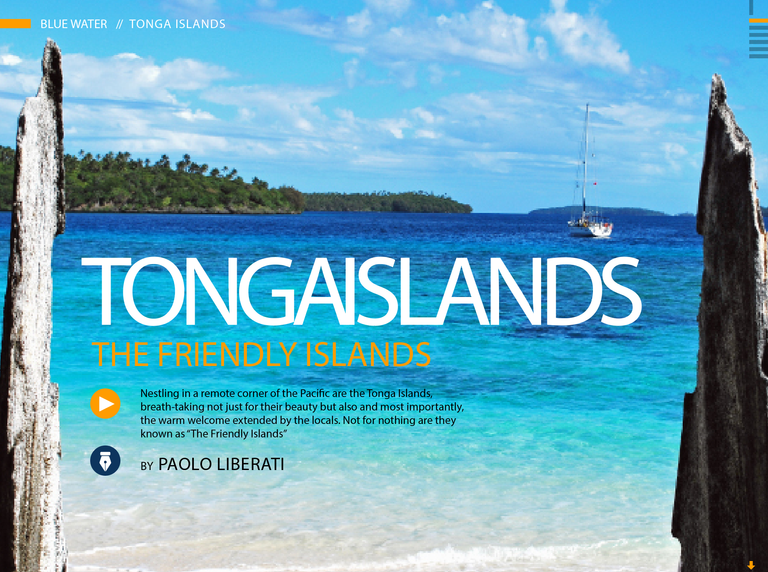
NESTLING IN A REMOTE CORNER OF THE PACIFIC ARE THE TONGA ISLANDS, BREATH-TAKING NOT JUST FOR THEIR BEAUTY BUT ALSO AND MOST IMPORTANTLY, THE WARM WELCOME EXTENDED BY THE LOCALS. NOT FOR NOTHING ARE THEY KNOWN AS “THE FRIENDLY ISLANDS”
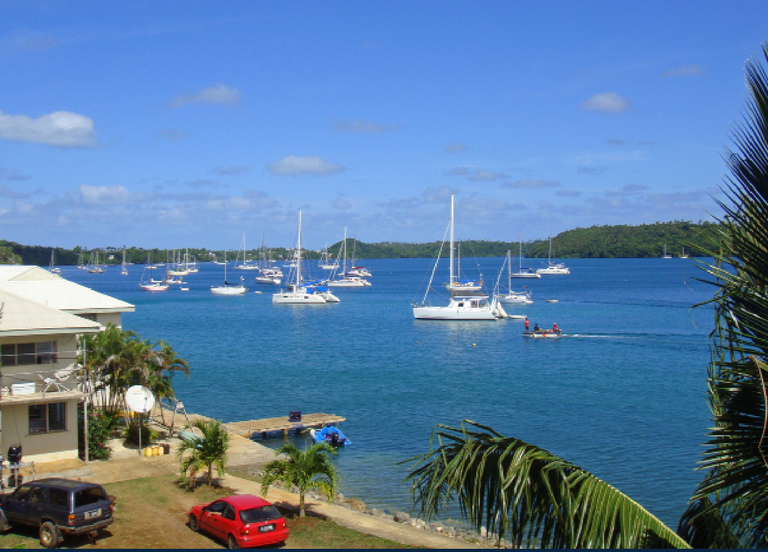
En route from Palmerston to Vava’u in the Tonga Islands, we make very short stop to the island of Niue, the world’s smallest independent nation floating in the middle of the planet’s largest ocean and home to less than 1,500 inhabitants. Niue receives a lot of financial aid and technical assistance from New Zealand, particularly since it was devastated by the terrible Cyclone Heta in 2004 (gusts up to 300 kpm, waves of over 30 metres). The island itself is a low lump of calcareous rock rising just a couple of dozen metres above sea level and pounded relentlessly by the long, powerful Pacific waves which shroud it in a mist of foam and steam. From what we’ve read and been told, the island’s nature is extremely interesting, particularly its grottos and caves as well as its sea-beaten cliffs and rocks. Anthropologically too, the islanders are reputed to be one of the friendliest in all Polynesia. Unfortunately, to avoid the entry/exit formalities, we just stayed a few short hours, tied up at one of the 14 brand-new mooring buoys at the local Yacht Club. We treated ourselves to a swim, watching out for sea serpents of which there are many in these waters (they are extremely poisonous but have tiny mouths and are not aggressive at all, thankfully). We also luxuriated in a light supper in calm waters (at last). Then, as we had got this far, we cast off again.
When we entered the waters of the Kingdom of Tonga, we put our watches an hour back but a day forward, moving from 01.01 Jul 18th to 00.01 on 19th July. Just like that! That’s international timekeeping for you. Basically, we completely missed out on July 18th! Who knows if we’ll ever make up for that missed day!
![Schermata 2018-01-29 alle 17.52.34.png]
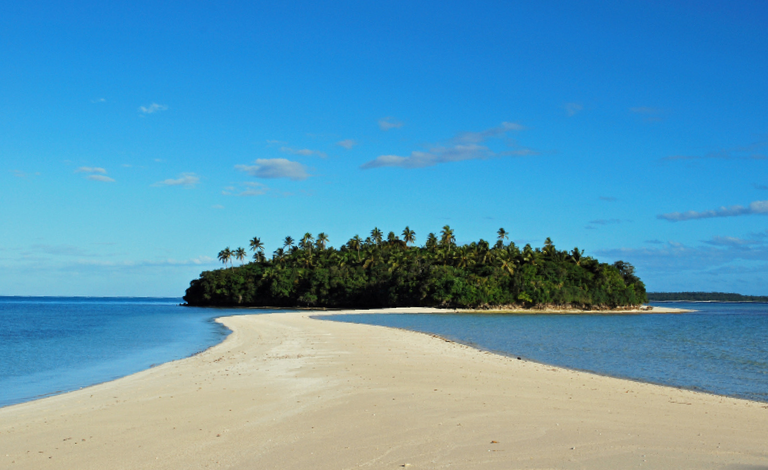
At first light, we made out the tall outline of Cape Matakiniua at the northerly tip of Vava’u. We decided to visit Vava’u rather than Tongatapu, the capital, first and foremost to ensure we stayed around 18° latitude south, which would keep us away from the cold and wind we’d endured at Rarotonga. And also to do a bit of whale watching as this is deemed to be one of the best places in the world to see humpback whales up close. These huge creatures arrive into these waters in early May and stay until November to give birth to and then wean their calves. As soon as we rounded the northern cap of the island of Falevai, in fact, we saw three pairs but they wouldn’t let us get too close.
However, once we’d rounded Cape Muitoulo we entered the calm waters of an enormous basin surrounded and protected by a long series of reefs and islets. Dotted with rocks and rocky little islands covered in lush tropical forest and edged by golden sandy beaches.
We spent the first night at anchor in Falewi Tahi Bay. Wonderfully calm and quiet after four days of hard sailing. However, to complete Entry Clearance at Tonga, we moved on to Neiafu, the capital of the Vava’u Group. It features an enormous bay completely sheltered from all winds and the ocean waves an, as a result, is also known as the Port of Refuge. We tied up at the jetty in the port and waited for the customs officers. Four distinguished Tongans approached in their traditional straw mat skirts and had us filling out the necessary documentation in the blink of an eye. We then went ashore and got comfortable in the bar of the historic and now-legendary Vava’u Yacht Club, which is mentioned in all the ocean sailors’ books, and exudes both a sense of history and welcome. We presented the burgee of our Yacht Club Portodimare and enjoyed the cold beer the lovely owner treated us to with the following words: “Welcome to the Kingdom of Tonga!” A very touching little ceremony!

As we wandered around the streets downtown, we visit the local market, something we always do. It was a triumph of colours, sound and perfumes. But this time we also noticed something unusual: at the sunset, all the stall-holders and pitch-owners, just tidied up their wares and covered them down tightly. Then they went home, leaving everything there. Nobody touched a thing over night and next day, at dawn, all the sellers had to do was take the canvas off their goods and start from where they’d finished the day before. Can you imagine something like that happening in our so-called “civilised” world?
We have been here several days and are really starting to get fond of the place. We have decided over a glass of whiskey that this little corner of heaven has really won us over more than any other of the lovely places we’ve been in this first year at sea. So much so that we’d like to come back and linger a while. Maybe too long! The locals are simple folk, cordial and always smiling. They have no inferiority complexes or racial prejudices against anyone. Maybe because Tonga is one of the few places in the world that has never had to endure European or Western colonisation. Both men and women wear the taʻovala, a type of mat worn around the waist and made of woven leaves or tree bark. They are handed down from generation to generation until they fall apart. You will often see men and women wearing holed or torn ones as the older and more tattered they are the greater their intrinsic value. Visitors will not feel watched, simply tolerated or hassled in anyway as can happen in the Caribbean or French Polynesia in general. You will be surrounded by a cordial kind of indifference but everyone is quick to smile if you greet them or help you out if needs be too.
On one of our evening wanders, we went to dinner at La Paella, another famous local spot. A tiny restaurant managed by a Spanish couple, Eduardo and Maria, who arrived 20 years ago at the end of a long sail and just never left. Maria does the cooking and waits at the tables very brilliantly while the tall, thin, bearded Eduardo has a permanently eccentric look. Probably because that is exactly
what he is. However, when he takes his stool on the little stage in the corner, he turns into a fantastically good and lively musician. He plays Spanish, Brazilian and American stuff (you won’t understand a word) but just listening to him makes you want to get up and dance. There were two American couples, a French family, a Dutch couple and a group of local young people in the restaurant that night. Oh, and a black goat.
When Friday came, we couldn’t get out of taking part in the legendary regatta organised every week by the Vava’u Yacht Club. It’s not so much a regatta proper as an excuse to have some fun, drink a few beers and celebrate at the prize-giving (there are prizes for all) before ending the night with some good music and dancing. Everyone takes part, all the local boats and ocean cruisers. There are no ratings or classes, no one really cares who wins, the important thing is just being part of it. When the start shot rang we were well away from the start too busy unhooking the staysail stay to follow the countdown. We had to come back in and ended up starting last. At the first mark, however, we were fourth of 12. The on the reaching leg we attacked the boat ahead of us in third but couldn’t get past. On the third leg we made a mistake, stalled and took quite a while to get back in the race. We couldn’t make out the finish-line either (delineated by a mooring buoy and a Sunsail catamaran riding at anchor) and crossed it the wrong way. So we had to turn back and do it again properly, dropping back a position. What a disaster! But we did throw ourselves into it with our usual enthusiasm and sense of competitiveness so we had a wonderful time all the same. Our prize for finishing fifth was a case of Diet Coke!
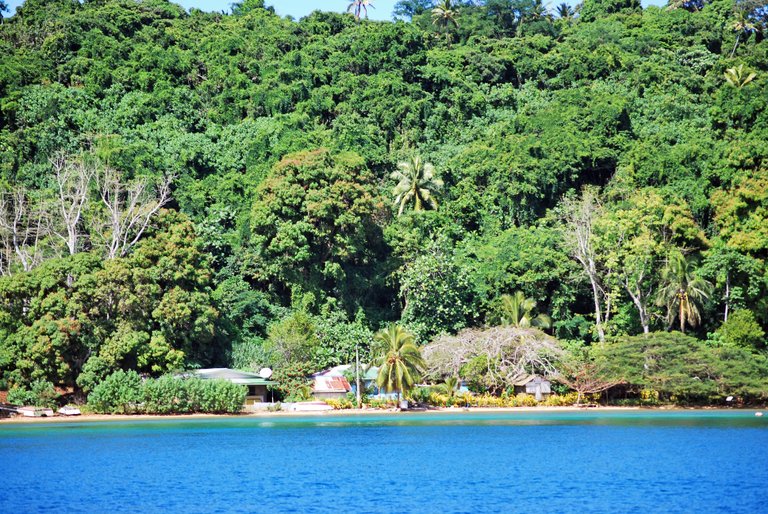
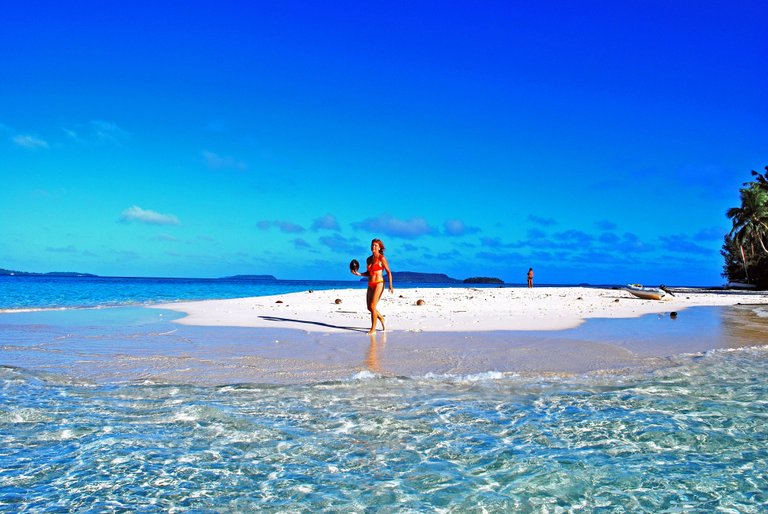
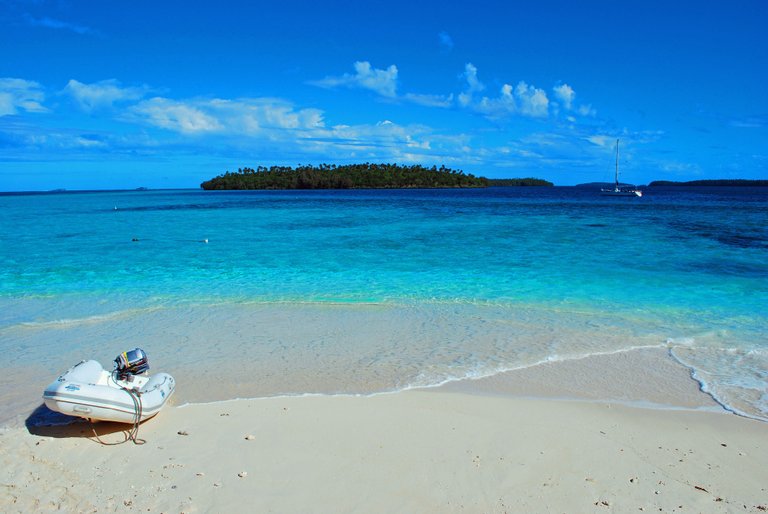
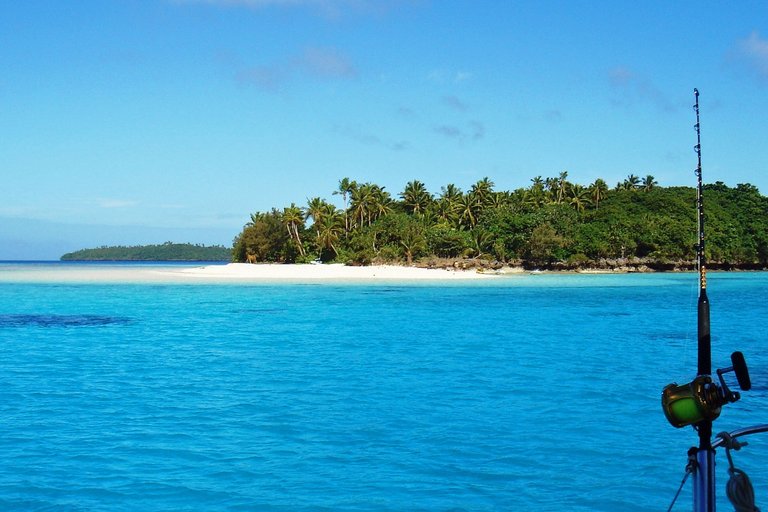
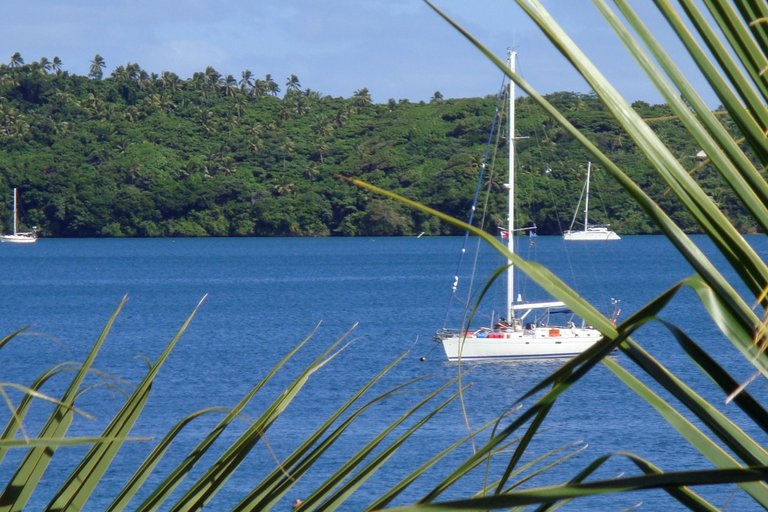
Wonderful piace. Sure very far.
One of my dream.... never say never!